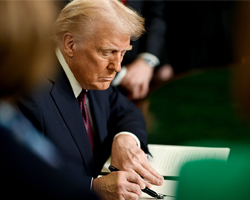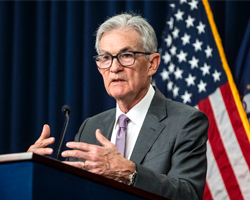Mixed Market Signals: US Stock Futures Stabilize, Forex Rates Range-Bound, Gold Edges Up Slightly | Daily Market Analysis
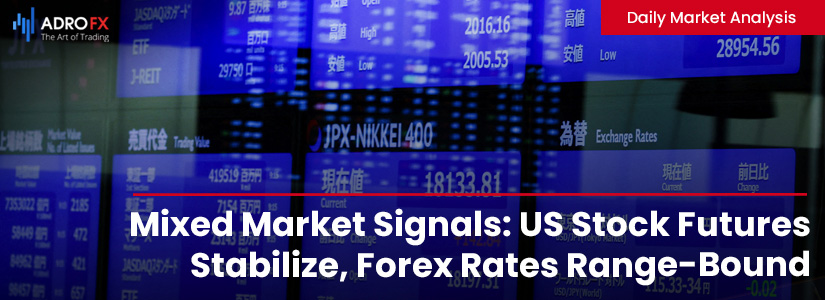
Key events:
- UK - CPI (YoY) (Aug)
- USA - Crude Oil Inventories
- USA - FOMC Economic Projections
- USA - FOMC Statement
- USA - Fed Interest Rate Decision
- USA - FOMC Press Conference
During Tuesday's evening trading, US stock futures remained in a narrow range, following a negative session for major benchmark averages as bond yields continued to rise in anticipation of the Federal Reserve's imminent interest rate decision.
Dow Jones Futures, S&P 500 Futures, and Nasdaq 100 Futures all experienced minimal fluctuations, trading within a 0.1% range.

As we approach the impending policy updates from the Federal Reserve (Fed), Bank of England (BoE), and Bank of Japan (BoJ) later this week, the major foreign exchange rates are exhibiting limited trading ranges. This follows a significant sell-off witnessed at the end of the previous week, triggered by the European Central Bank's (ECB) latest policy meeting. Notably, the euro displayed signs of a modest recovery yesterday, surging to an intraday high of 1.07199, surpassing the low it touched at the previous week's conclusion, which stood at 1.0632.
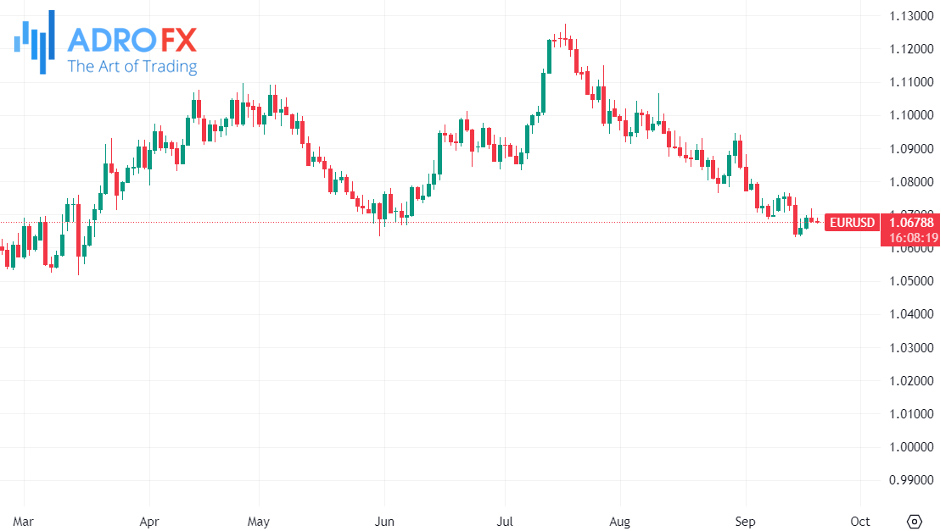
The euro's resurgence yesterday can be attributed primarily to a report from Reuters, citing sources within the ECB. The report, titled "ECB to Address Excess Liquidity in Next Phase of Inflation Combat," played a pivotal role in bolstering the euro's performance.
Minutes from the September meeting of the Reserve Bank of Australia (RBA) revealed the possibility of further tightening if inflation persists. Meanwhile, China's central bank (PBOC) was set to announce its interest rate decision later in the day, potentially impacting the Australian Dollar.
The USD/JPY pair surged to 147.99, marking fresh highs for 2023, supported by elevated US bond yields.
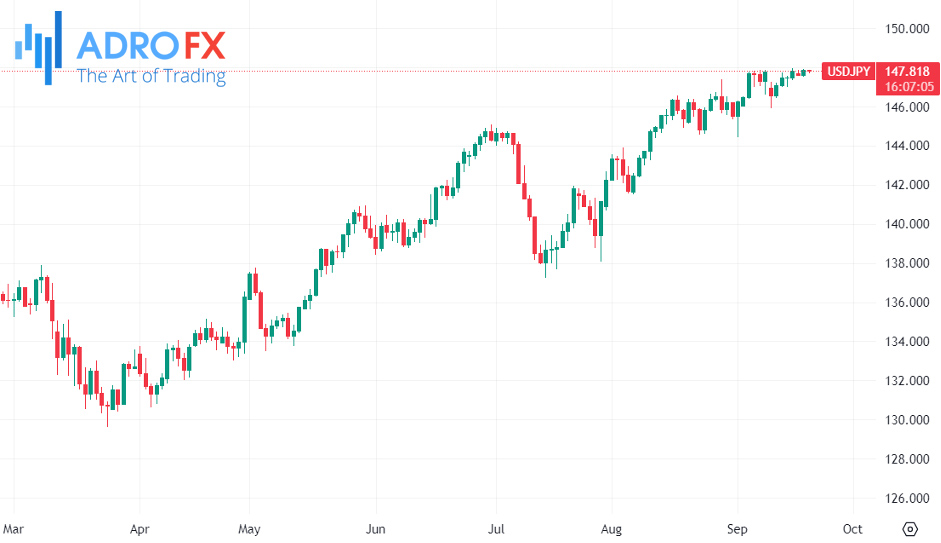
The previous day, the Dollar closed at 147.60 Japanese Yen, while Japan's 10-year JGB yield rose by 1 basis point to 0.71%.
Against the Canadian Dollar (USD/CAD), the Greenback weakened, sliding to 1.3445 from 1.3485. This marked the Loonie's strongest performance in six weeks, with Canada's annual inflation data reaching 4% (compared to an expected 3.8%).
The Dollar Index (USD/DXY), which gauges the Greenback's value against six major currencies, dipped to 105.15 from 105.35. The Federal Reserve is anticipated to maintain steady interest rates at its upcoming meeting.
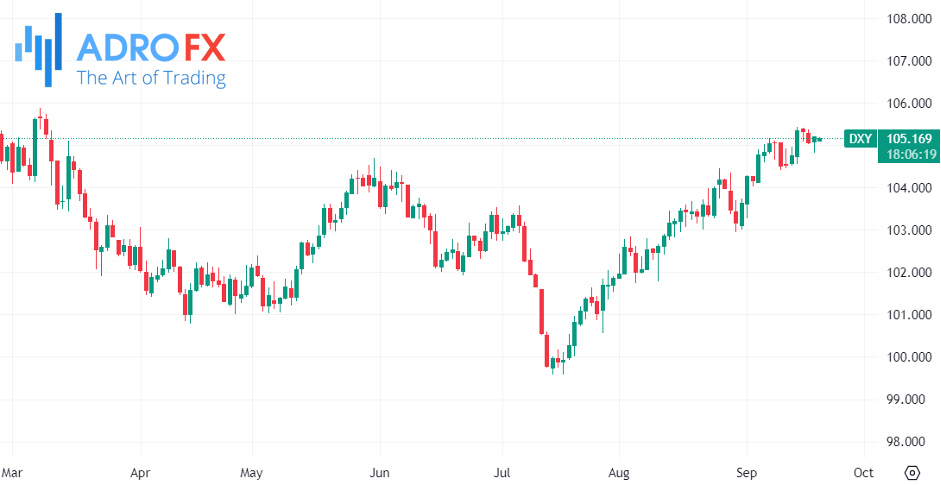
In other economic news from the previous day, US Housing Starts for August fell short of expectations at 1.28 million units, marking the lowest reading since June 2020. Conversely, Building Permits for August rose to 1.54 million, surpassing the previous figure of 1.44 million and beating estimates of 1.44 million.
The most-active futures contract for gold on New York's Comex, specifically the December contract, settled at $1953.70 per ounce, marking a meager gain of just 30 cents for the day.

The 10-year Treasury yield is currently hovering around the highs seen in August, potentially on the verge of establishing new cycle highs. Gold traders are closely monitoring developments, with their focus initially centered on the Federal Reserve (Fed) and then swiftly shifting to the policy decisions of the Bank of England (BOE) and the Bank of Japan (BOJ).
Should optimism rise that most advanced economies have completed their interest rate hikes, it would bode well for gold. However, achieving such optimism may be challenging, given that the Fed and BOE might not signal the conclusion of their rate hikes just yet. If concerns about economic slowdowns, often referred to as "hard landings," begin to trouble Wall Street, gold could attract safe-haven flows despite some underlying dollar strength.
Global markets are adapting to a new perspective on rate hikes, stemming from the European Central Bank's decision to raise rates to a record high of 4% on Thursday, even as it indicated that this hike would likely be its final move in the near term.
While the Fed's policymakers are not anticipated to raise rates at their upcoming meeting on September 20, this follows a series of 11 hikes that added 5.25 percentage points to the base rate, which stood at just 0.25% in February 2022.
Chairman Jerome Powell's statements during his news conference on Wednesday will be closely scrutinized for insights into the Fed's outlook for the remainder of the year, especially considering two more policy meetings are scheduled for November and December.
Nevertheless, with a Fed rate hike seemingly on hold for now, some dollar investors have adopted a wait-and-see approach, while others have taken profits on the greenback's recent eight-week rally.
In August, US consumer prices rose for the second consecutive month, resulting in a year-on-year growth rate of 3.7%, up from 3.2% in July. This increase was largely attributed to soaring gasoline prices, accounting for over half of the overall rise. Such a phenomenon could exert renewed pressure on those at the Fed who are committed to combating inflation.
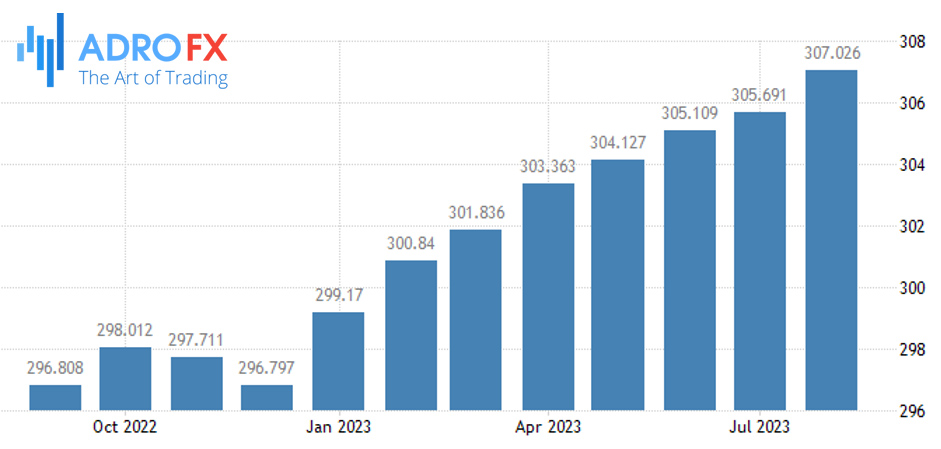
The central bank's targeted inflation rate remains capped at a maximum of 2% per year, and it has pledged to achieve this goal through further rate hikes if deemed necessary.
The focal points will be the Fed's economic forecasts and the projections for the Fed Funds rate. Of particular interest will be the Fed's dot plot, revealing the individual viewpoints of Fed members regarding the future trajectory of interest rates. Until then, we can anticipate foreign exchange markets to remain within their recent trading ranges, albeit in somewhat turbulent conditions.
